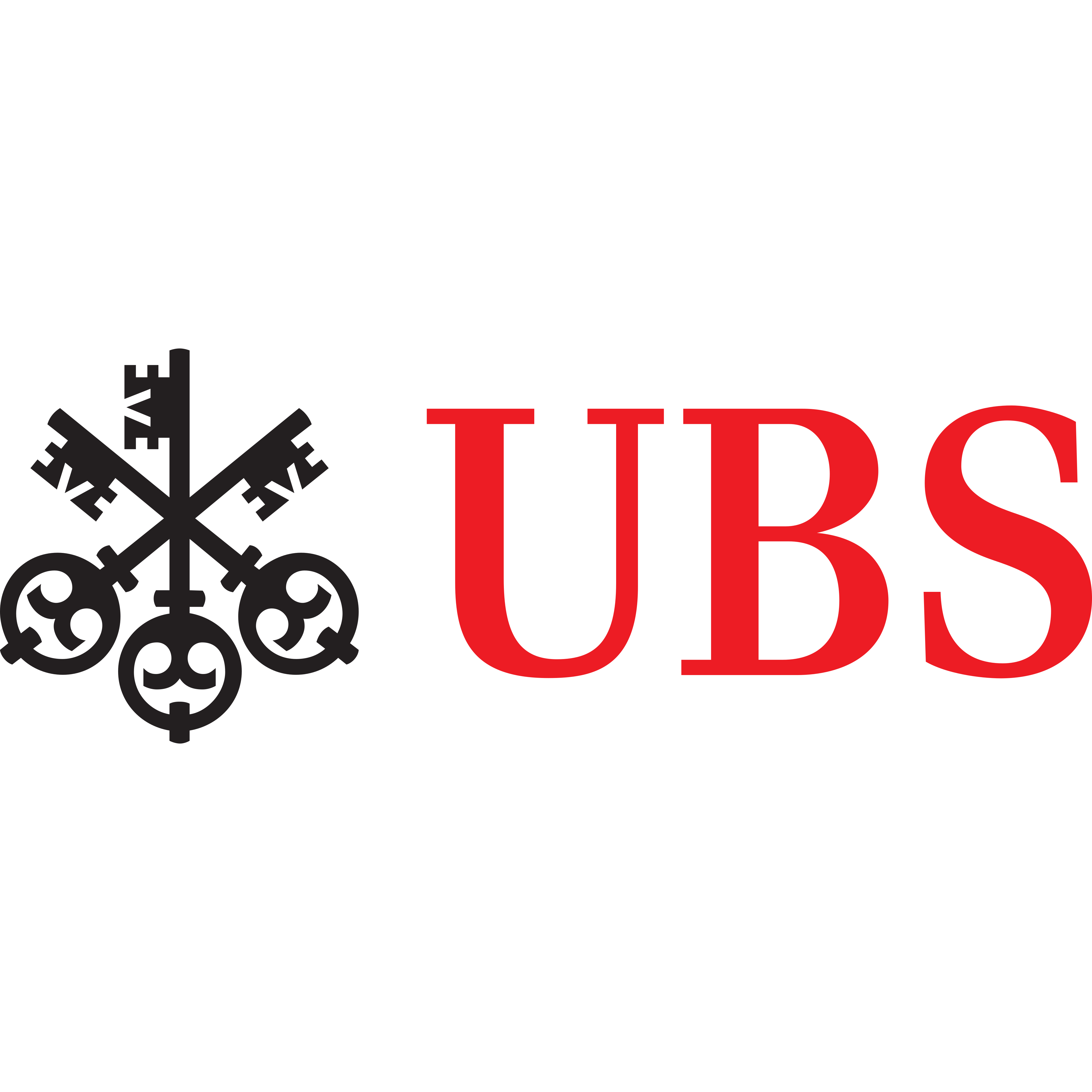Investors are calling Federal Reserve chair Jerome Powell’s bluff just two days after this week’s Federal Open Market Committee (FOMC) meeting where he baulked at the idea of cutting interest rates this year.
The central bank could begin lowering rates as soon as June, according to probabilities based on prices for fed funds futures.
That data flies in the face of what Powell told the public Wednesday.
“Given our outlook, I just do not see us cutting rates this year,” he said in his post-meeting press conference, adding that if inflation comes down more quickly than expected, the central bank’s calculus could change.
Rate cut expectations have been a boon for investors in US Treasury bond ETFs. The iShares $ Treasury Bond 1-3yr UCITS ETF (IBTS) rallied over 2% since the start of the month.
Two-year US Treasury bond yields are currently hovering around 3.75% after peaking above 5% less than two weeks ago.
Meanwhile, the iShares $ Treasury Bond 7-10yr UCITS ETF (IBTM) and the iShares $ Treasury Bond 20+yr UCITS ETF (IDTL) are each up around 5% in March.
Widely followed 10-year US Treasury bond yields are currently sitting around 3.35%, close to a six-month low.
Big bank contagion
It is impossible to know exactly what the market is thinking. But it is hard to imagine the outlook for inflation is driving the sudden surge in rate cut expectations.
The more likely culprit is the ongoing banking crisis that has led to the failure of three regional banks in the US and the hurried UBS acquisition of rival Credit Suisse in Switzerland.
Investors got a reminder that the crisis is not over when shares of Germany’s largest bank, Deutsche Bank, tumbled last Friday due to fears of contagion.
While there was no specific news that prompted Deutsche Bank’s slide, it was a reminder that investors globally are nervous about banks, and that despite regulators’ attempts to bring it back, confidence in the banking system has yet to return in the wake of Silicon Valley Bank’s collapse.
That is a problem because a lack of confidence can lead to troubles for otherwise healthy banks if it leads to customers pulling their money out of those banks or to counterparties refusing to do business with them.
Investors are seemingly anticipating that a fourth domino will fall (after Silvergate, Signature and Silicon Valley Bank), which might then ignite a more intense banking crisis that finally convinces the Fed to cut rates.
More uncertainty
In the coming weeks, investors will get a clearer picture of whether the sharp shift in Fed monetary policy that fed fund futures markets and the US Treasury markets are pricing in today is likely to come to fruition or not.
Those markets have been all over the map recently so the rate cut expectations embedded in them could reverse as quickly as they arrived.
On the other hand, if more banking shoes drop, then the markets will have been vindicated and the Fed might be forced into a stunning 180-degree turn.
How the banking crisis plays out is another element of uncertainty that’s gotten added on top of the inflation uncertainty that investors were already grappling with.
Surprisingly, stock market investors have taken all this uncertainty in stride. The SPDR S&P 500 ETF Trust (SPY) is close to unchanged since the banking crisis began in early March. Who would have thought?
This article was originally published on ETF.com





